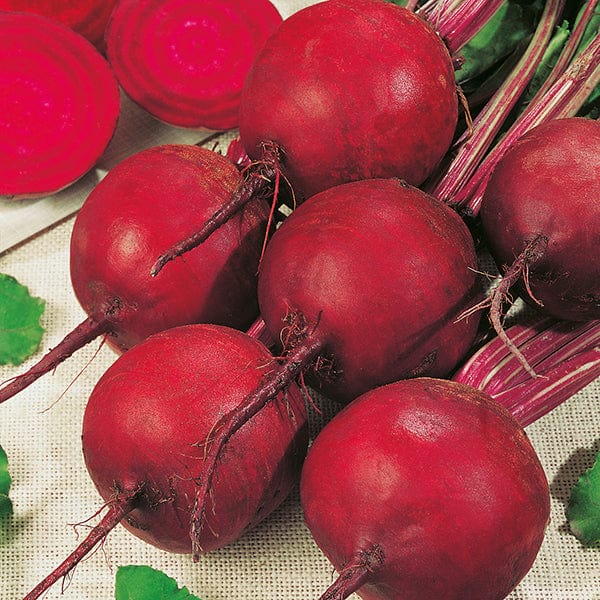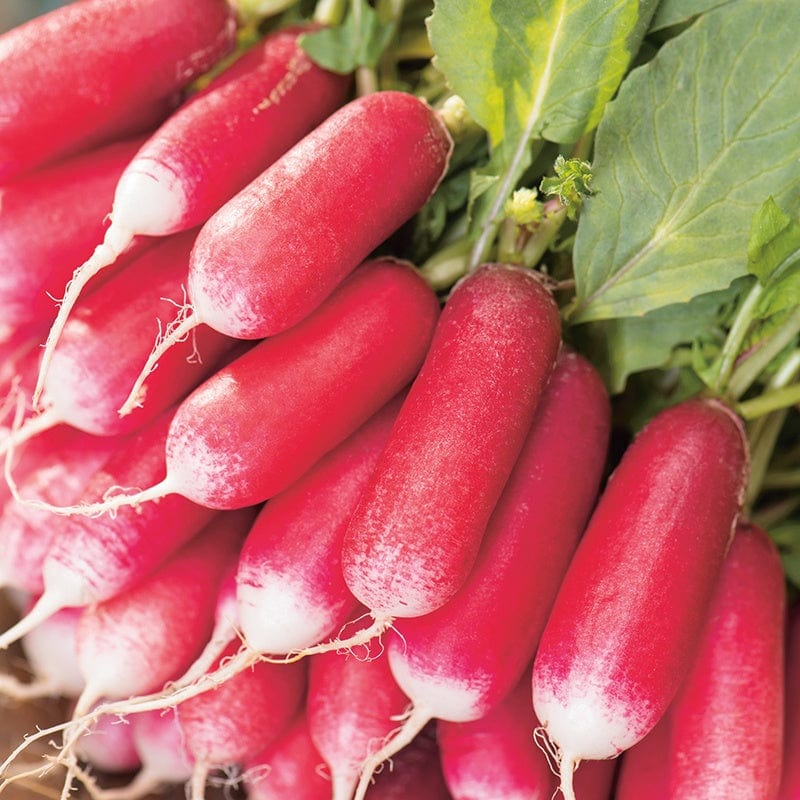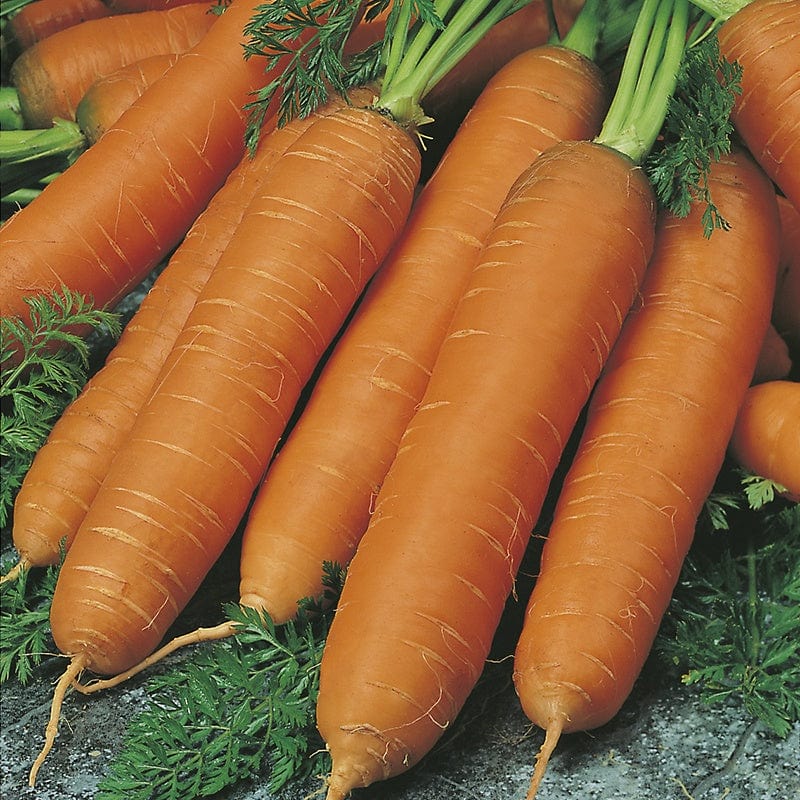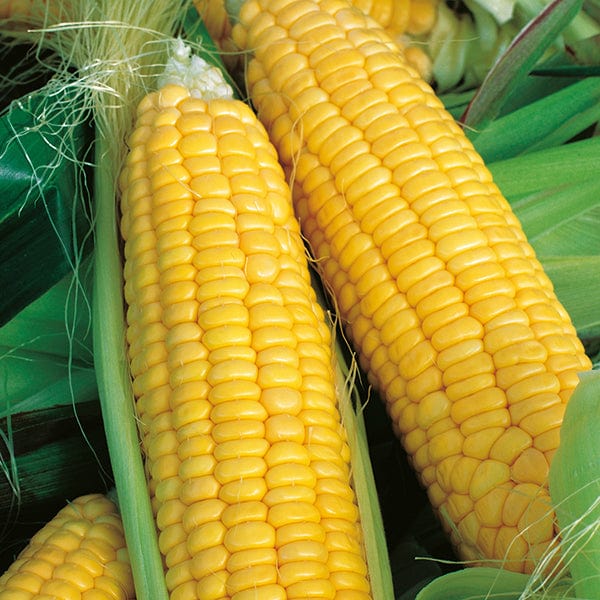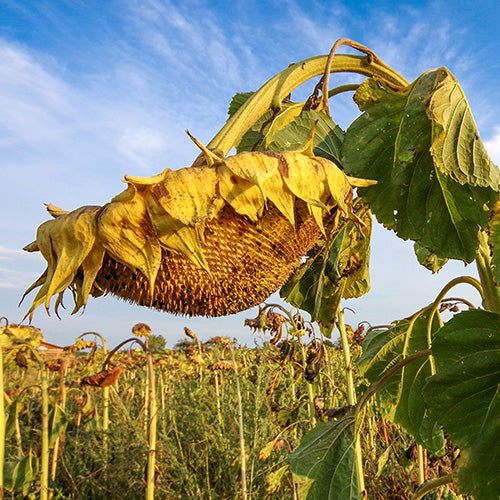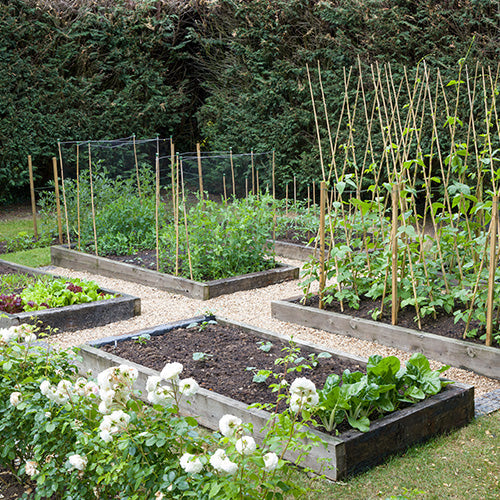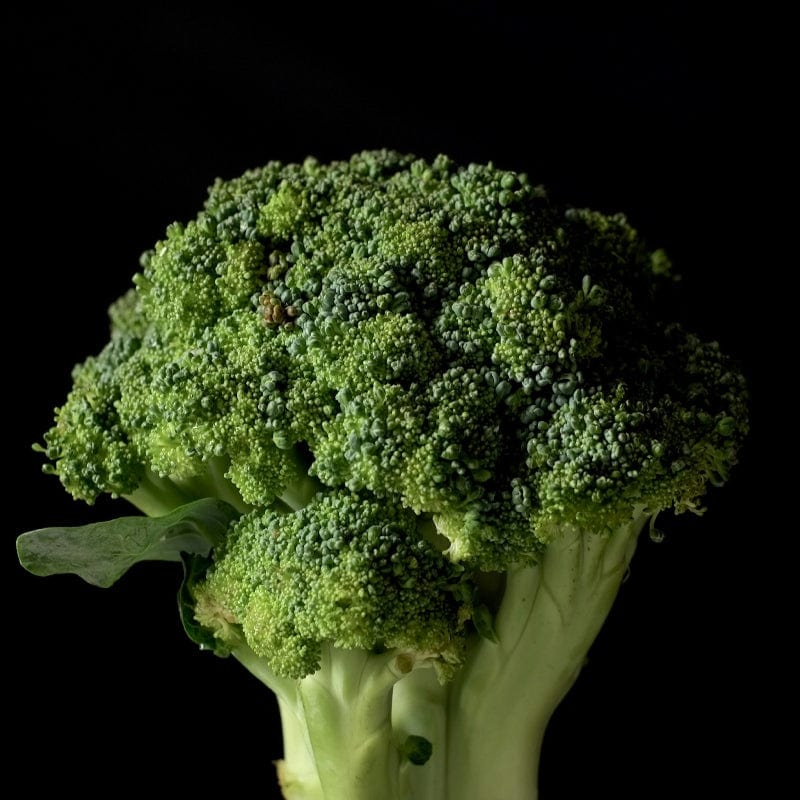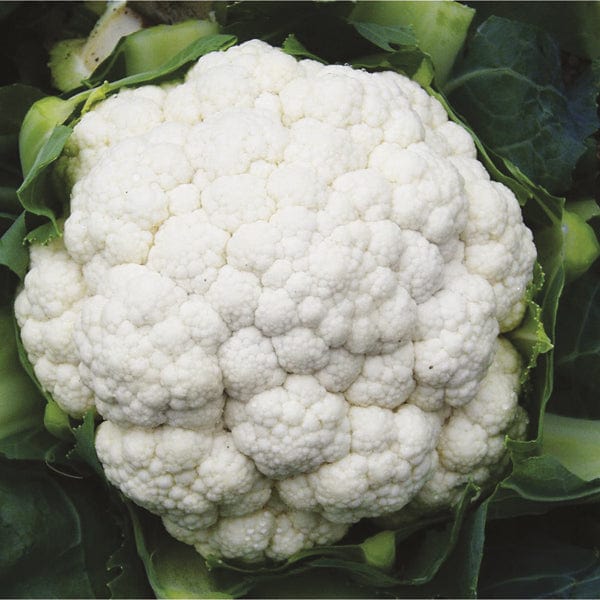Verticillium wilt is a troublesome disease that can cause your crops to wilt and can spread from plant to plant. In our guide, we go into detail about what the disease is, what symptoms there are to look out for and how you can prevent Verticillium wilt from affecting your growing space. So, read on to find out all of our expert advice.
What Is Verticillium Wilt?
Verticillium wilt is a soil-borne fungal disease that enters plants via their roots. It can affect many fruits, vegetables and ornamental plants and causes leaves to wilt and dieback. It can infect over 300 plant species.
Some vegetable plants and fruit plants that can be affected include tomatoes, aubergines, potatoes, courgettes, cucumbers, squash, pumpkins, and strawberries. The disease acts by travelling through the roots and affecting the tissue responsible for conducting water, placing the plant under a great deal of stress.
Some forms of the disease can act quickly, however, some infections may take time to show any symptoms at all. Once plants or soil are infected, there is no fungicide available. This therefore makes preventative precautions that much more important.
Verticillium wilt can occur all year round. However, it is most common from spring through to late summer and autumn, when the weather (should be!) drier.
What Are the Symptoms of Verticillium Wilt?
Symptoms of Verticillium wilt vary between crops, though some general symptoms that are commonly seen include:
- Discolouring, yellowing, and shrivelling of leaves. Verticillium wilt will affect primarily lower leaves first.
- Stunted and/or distorted growth of plants. This will lead to lower yields.
- Brown streaks running through stem tissue.
- Plants will suddenly wilt, especially in hotter spells of weather. However, plants may recover in cooler, wetter conditions.
Does Verticillium Wilt Spread?
Verticillium wilt primarily spreads through contaminated soil and infected roots. It can survive in soil for years, even without a host plant. Infected plant matter can then cause the disease to spread, with contact with other plants, such as root-to-root contact, causing others to be infected.
With Verticillium wilt being easily spread, preventing your crops from being affected by the disease beforehand is essential to avoiding the disease having an impact on your plants.
How to Prevent Verticillium Wilt
There are currently no chemical treatments available to treat Verticillium wilt. However, there are steps we can take as gardeners to prevent infection. Our best tips for preventing the spread of Verticillium wilt are:
- Growing plant varieties that show natural resistance to infection. Some customer favourites that are especially resistant to Verticillium wilt include Tomato Ferline F1 and Tomato Mountain Magic F1.
- Practising good garden hygiene, as the fungus can be spread via contaminated soil. If you suspect that Verticillium wilt has infected your growing space, be careful not to spread infected soil to other parts of the garden. You should also wash down your gardening tools thoroughly.
- Regularly remove weeds that arise in your growing space. Some weeds can host the disease without showing any symptoms, so managing them in spite of their appearance is all the more essential.
- Disposing of any infected crops. You should not compost these, however, to avoid risk of spreading the disease.
- Planting green manure seeds or other cover crops into the soil prior to planting can be an effective method of prevention.
- Ensuring that your soil has good drainage and maintains high (but not excessive) levels of nutrients.
Contact Us
We hope this guide has helped you to optimise your garden space to effectively prevent Verticillium wilt. If you’re looking for more gardening tips, you can find all of our best advice for a happy and healthy growing space in our gardening blog.
If you’d like to ask us about our range of gardening supplies, such as our vegetable garden seeds and plants, feel free to get in touch with any questions. A member of our team will be more than happy to help.



